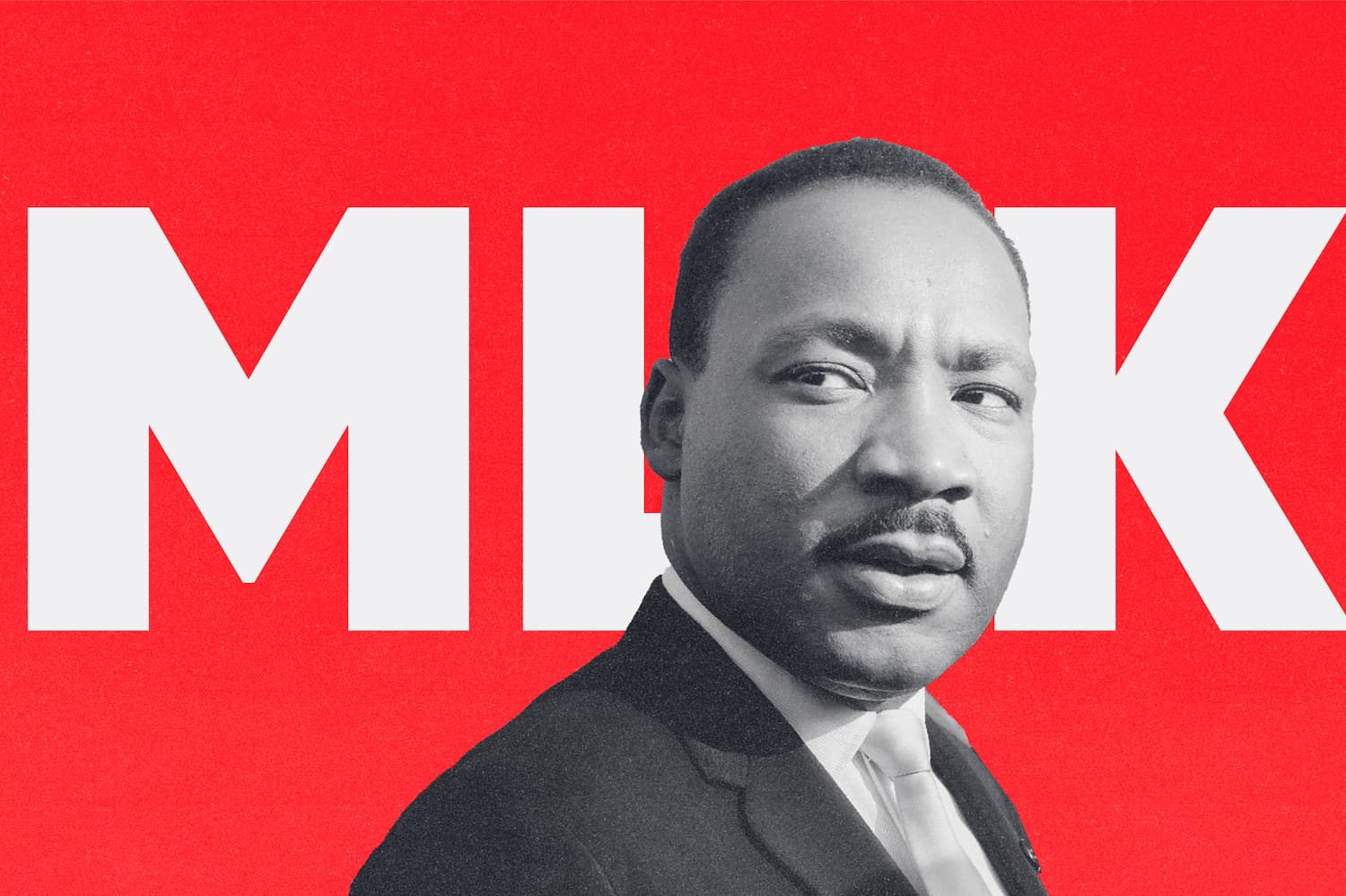Gallery
Photos from events, contest for the best costume, videos from master classes.
 | |
 |  |
 |  |
 |  |
 |  |
 |  |
King called the principle of nonviolent resistance the “guiding light of our movement. Christ furnished the spirit and motivation while Gandhi furnished the method” (Papers 5:423). King’s notion of nonviolence had six key principles. First, one can resist evil without resorting to violence. A testament to the revolutionary power of nonviolence, Gandhi’s approach directly influenced Martin Luther King, Jr., who argued that the Gandhian philosophy was “the only morally and practically sound method open to oppressed people in their struggle for freedom” (Papers 4:478). Gandhi's greatest contribution to history, and the reason his was such a crucial influence on King, was to call into question this seeming truism that being nonviolent means being passive. He spent virtually his entire adult life experimenting with methods of nonviolence intended to be not just morally admirable, but effective in the real world. King first learned of Gandhi's idea of nonviolence when he was studying to become a minister, a Christian leader. King connected Gandhi's words to those of Jesus. In the Bible, Jesus tells his followers to "love your enemies." King believed strongly in the Christian idea of love. Mahatma Gandhi’s ideas greatly influenced Martin Luther King Jr., especially his belief in nonviolent protest. Gandhi called this ‘Satyagraha’. King used this approach to fight against racial unfairness and segregation in America. This lesson introduces students to the philosophy of nonviolence and the teachings of Mohandas K. Gandhi that influenced Dr. Martin Luther King, Jr.'s views. After considering the political impact of this philosophy, students explore its relevance to personal life and contemporary society. Mahatma Gandhi and Martin Luther King Jr.: Champions of a Nonviolent World - By Walter Earl Fluker. Nearly forty years ago, at the Mason Temple in Memphis, Tennessee, a weary and wounded Martin Luther King, Jr. addressed a capacity crowd on the eve of his assassination. NARRATOR: The example of Mahatma Gandhi helped to convince Martin Luther King, Jr., to use nonviolent forms of protest. Gandhi had protested peacefully to help India gain independence from Great Britain. In 1959 King visited India. He met with some of Gandhi's followers and discussed their methods. King went on to win the Nobel Peace Prize in 1964. The examples of Mahatma Gandhi and Martin Luther King, and of those who follow and adopt their teachings today, are crucial to UNESCO’s constitutional commitment to build the defenses of peace in the minds of men and women everywhere. source in paving Dr. King's path toward the Gandhian Philosophy. Professor Davis gave a course on "the Psycology of Reli-gious Personalities" and it was he who en-countered Dr. King with the Gandhian phil-osophy on nonviolence. He initiated Dr. King into Gandhi's concept of SATYAGRAHA, Gandhi's beliefs and Gandhi's spiritual leadership. Dr Mahatma Gandhi inspired people all over the world, including one of the United States’ most famous civil rights leaders, Martin Luther King Jr.. Though the two men never got a chance to meet Martin Luther King, Jr. embraced a strategy of nonviolent civil disobedience which was inspired by the teachings of Mahatma Gandhi, the leader of a peaceful movement to free India from British rule in the early 1900s. How did King's Southern Christian Leadership Conference (SCLC) use nonviolence as a tactic to gain public support for their cause? Mahatma Gandhi and Martin Luther King Jr: the power of nonviolent action. book. Corporate author. UNESCO. Director-General, 1987-1999 (Mayor, F.) [writer of preface] For King's 1959 interview with Vinoba Bhave, see Vinoba, "Dr. Martin Luther King with Vinoba," Bhoodan 3 (18 March 1959): 369-370; see also King to Narayan, 19 May 1959, pp. 209-211 in this volume. 16. King's draft indicated that ninety million more people would be looking for work. 17. List of major achievements by Martin Luther King, Jr. Inspired by the belief that peaceful protest could eliminate social injustice, he led the American civil rights movement of the mid-1950s and ’60s. King organized mass protests against racial discrimination and championed nonviolent resistance to oppression. See Martin Luther King Jr.’s life depicted onscreen in the 2018 documentary I Am MLK Jr. or the Oscar-winning movie Selma. Jump to: How Gandhi Inspired MLK Jr.’s Nonviolence; Topic: Martin Luther King, Jr. - Career in Ministry. Martin Luther King, Jr. - Travels. Nonviolence. Details. Returning to his pulpit after an absence of nearly two months, King discusses the life of Gandhi, suggesting that “more than anybody else in the modern world” he had “caught the spirit of Jesus Christ, and lived it more completely King did not invent nonviolence as a doctrine for achieving social justice. But he adapted it for an Amer-ican context, and showed how compelling yet flexible it could be. Influences on King’s Nonviolence King’s earliest exposure to the ideas that would coalesce in his nonviolent philosophy occurred when quotations from Martin Luther King Jr. Dr Carson and his staff at the Martin Luther King Jr Papers Project worked diligently and cooperatively to support the evolution of this project, and have provided some rare excerpts for Chapter Four. The administrators of the estate of Martin Luther King Jr gave Martin Luther King Jr. und Malcolm X trafen sich nur einmal. Die Anführer der Bürgerrechte waren sich nicht einig, und ihre Begegnung dauerte Minuten. Von Barbara Maranzani, 24. Juni 2019; Geschichte & Kultur Martin Luther King Jr. und Martin Luther: Die Parallelen zwischen den beiden Führern
Articles and news, personal stories, interviews with experts.
Photos from events, contest for the best costume, videos from master classes.
 | |
 |  |
 |  |
 |  |
 |  |
 |  |